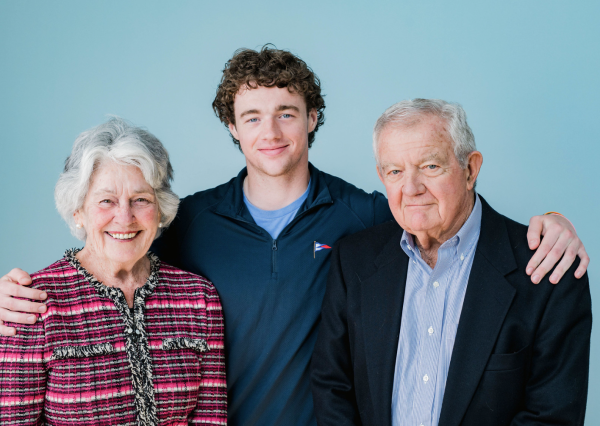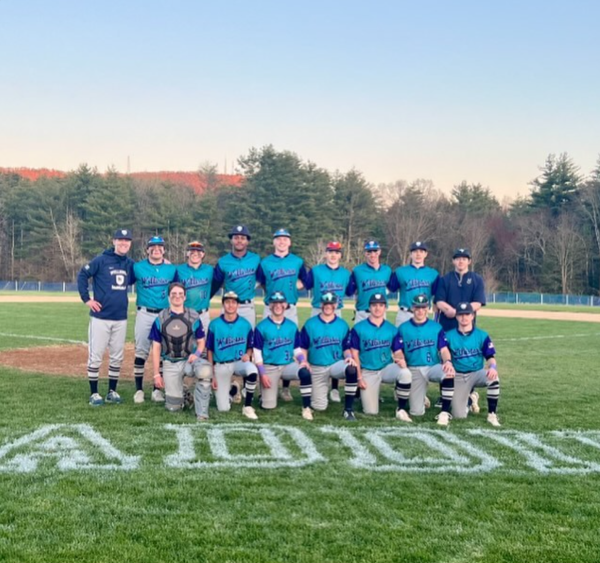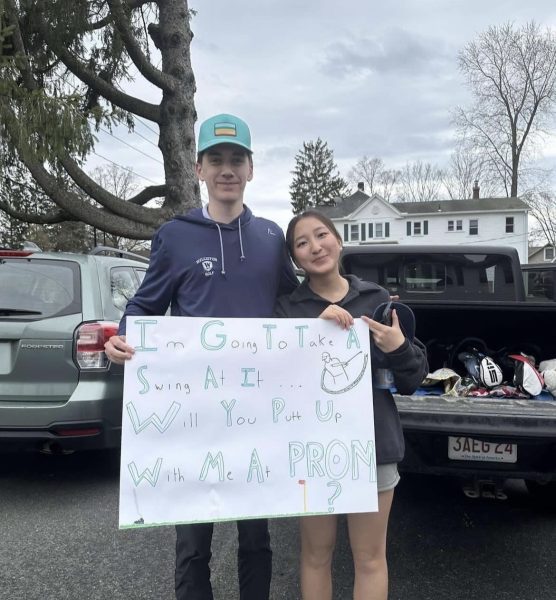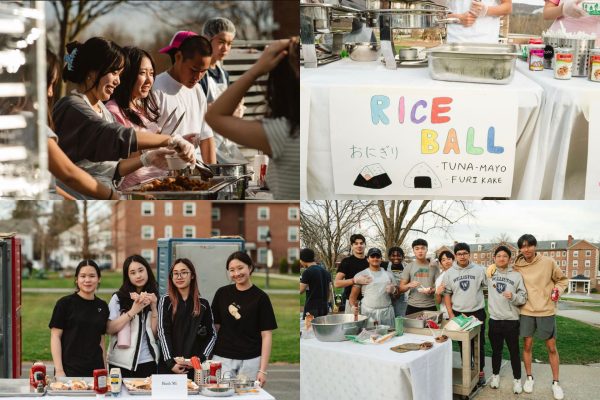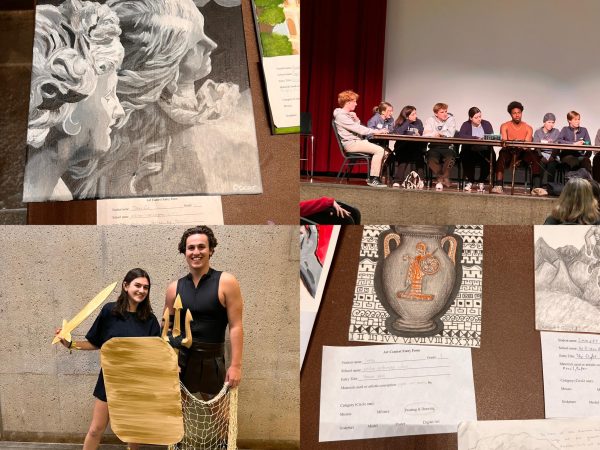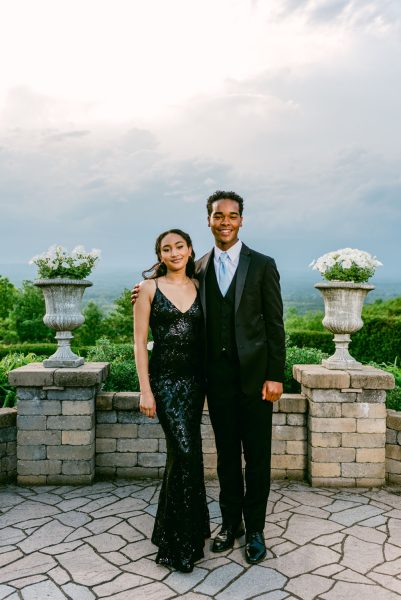Williston’s International Student Experience
The Williston website states, “In 2013-14, we have 100 students from 27 countries.” These international students bring many diverse cultures with them to Williston. These students make up a solid chunk of the population at the school. How well integrated are they in the Williston community?
When asked about what it’s like being an international student, sophomore Julie Lord from Germany said, “I think it’s cool to be an international student because people think I’m more interesting.”
The assimilation between international students and American students definitely depends on where the student is from and how different his or her culture is. When asked how she feels about being integrated in the community, Lord said, “I think actually the people here are way more open. Here I have more friends than I do at home.”
The cultural immersion for international students also depends on where they are from and how long they have been in the United States. When asked what some of the biggest cultural challenges international students face are, Mrs. Choo said, “From the start of their experience international students have challenges that mainland US applicants do not necessarily experience. This ranges from translation of application material, to touring the school, cultural and linguistic distance, immigration paperwork and procedure not to mention the possibility of not seeing your family for another 3-9 months.”
Why is it beneficial for students from around the world to come to Williston? Mrs. Choo answered, “The benefit is two-fold. Our community is enriched with diverse perspective and leadership and also all of the students in the community including educators all become more proficient global leaders. Which is profoundly necessary in our increasingly globalized world. We need leaders to be able to think outside of the box, communicate across conflict and create compromise and mediated solution. How can that happen without diversity?”
Mrs. Choo also made a good point about distance vs. culture. “Keep in mind that parts of California may be further away than parts of Canada. Distance that students travel is not always geographic it can also be cultural. For example students traveling from many parts of Canada have little to no culture shock when they arrive.” It’s all about how big of a difference there is between where they are from, to how old they are when they come to Williston.
For some, everything is different. Senior Emily Wang from Taiwan said, “It [being at Williston] is like living in totally different world as is being an international student. The language, weather, people and education are so different. Even the jokes are hard to understand… the most challenging part is to adopt the culture because I am from a very traditional family. For example, in my family we don’t even tell each other how much we love them not even a hug, but in the US I can totally express my feeling to others.”
Senior Esther Kim said, “I think of myself as an Asian American. However, I do think that I am more ‘Asian American’ than any other Asian Americans because I have lived exactly half of my life in America and half of my life in South Korea.”
There is a wide range of international students here at Williston. Some are experiencing challenges that non-international students could never imagine. Unlike Williston, some boarding schools around New England don’t even allow international students to speak their native language outside of their dorms to attempt at more integration throughout the community.
International students bring a lot of diversity to the school, which we would not have without them. The Williston community does a lot to help spread the culture that the international students bring, like the extra-curricular activity called Willy World. The group just recently decorated the dining hall and asked the dining hall staff to make Chinese food to help bring in the Chinese New Year.
This is only one of the ways that the Williston Community gets to experience different cultures and diversity every day.



